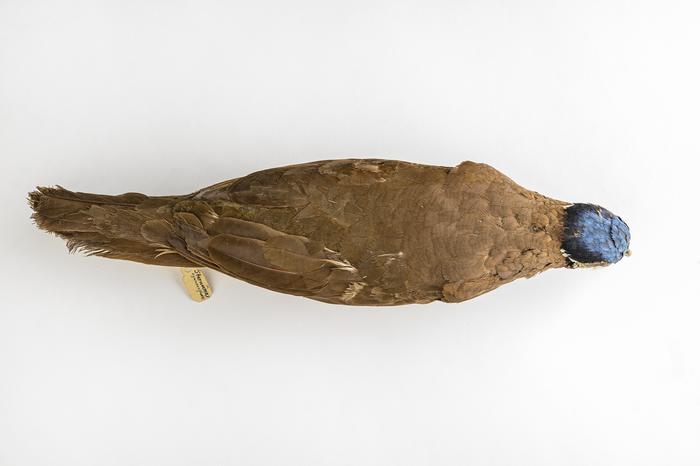The quail dove’s profound evolutionary isolation sheds light on the singular ecological conditions of the Caribbean. While many modern doves trace their lineage to North, Central, or South America, the blue-headed quail dove suggests that Cuba has functioned as a unique host for evolutionary experiments, leading to the emergence of distinct species. This finding resonates with ongoing research documenting the extinction of numerous Caribbean birds over the past millennia, and the unique evolutionary path taken by the blue-headed quail dove poses an urgent call to action for conservation efforts.
For Oswald and her colleagues, the quest to understand the blue-headed quail dove’s genetic structure began with the methodology of ancient DNA sequencing. Oswald’s innovative methods have provided a newfound ability to draw insights from long-preserved specimens, presenting an opportunity to glean valuable knowledge about an elusive bird that had previously resisted scientific understanding. By utilizing a toe pad collected from a specimen in 1958, Oswald and her team successfully sequenced DNA, transforming a once insurmountable challenge into a fascinating scientific breakthrough.
In an age where technological evolution continuously alters the landscape of biological research, the findings surrounding the quail dove serve as a reminder of the integral role that museum specimens play in scientific advancement. The rich historical archives housed within museums provide an invaluable resource, connecting past specimens to present conservation challenges. The genetic data obtained from these preserved traces enriches the scientific discourse surrounding extinction threats, migration patterns, and ecological resilience, ultimately shaping the dialogue around conservation strategies.
While the blue-headed quail dove has so far held on to existence, the looming specter of extinction shadows its future. Despite its precarious position, the dove represents a bastion of hope, shedding light on the resilience of life amid shifting ecological paradigms. As the quest for answers continues, scientists are confronted with a wave of new inquiries regarding the profound implications of this unique lineage. Where did this isolated species originate, and how did it manage to survive amidst changing environments for millions of years? The complexities entwined within the blue-headed quail dove’s story prompt an urgent examination of ecological integrity within island ecosystems.
Subject of Research: Cuban blue-headed quail dove evolutionary origins and conservation
Article Title: Genomic data reveal that the Cuban blue-headed quail-dove (Starnoenas cyanocephala) is a biogeographic relict
News Publication Date: 8-Jan-2025
Web References: DOI link
References: Biology Letters
Image Credits: Florida Museum photo by Kristen Grace
Keywords: Endangered species, endemic species, ancient DNA, extinction, bird flight, conservation biology, natural history, museums.
Tags: blue-headed quail dove conservationblue-headed quail dove population declineCuba’s endemic bird speciesDNA sequencing in ornithologyecological significance of the blue-headed quail doveevolutionary history of dovesextinction threat of rare birdsgenetic diversity in avian speciesornithological research in Cubapreserving endangered bird speciesthreats to Caribbean wildlifeunderstanding bird evolution and lineage





